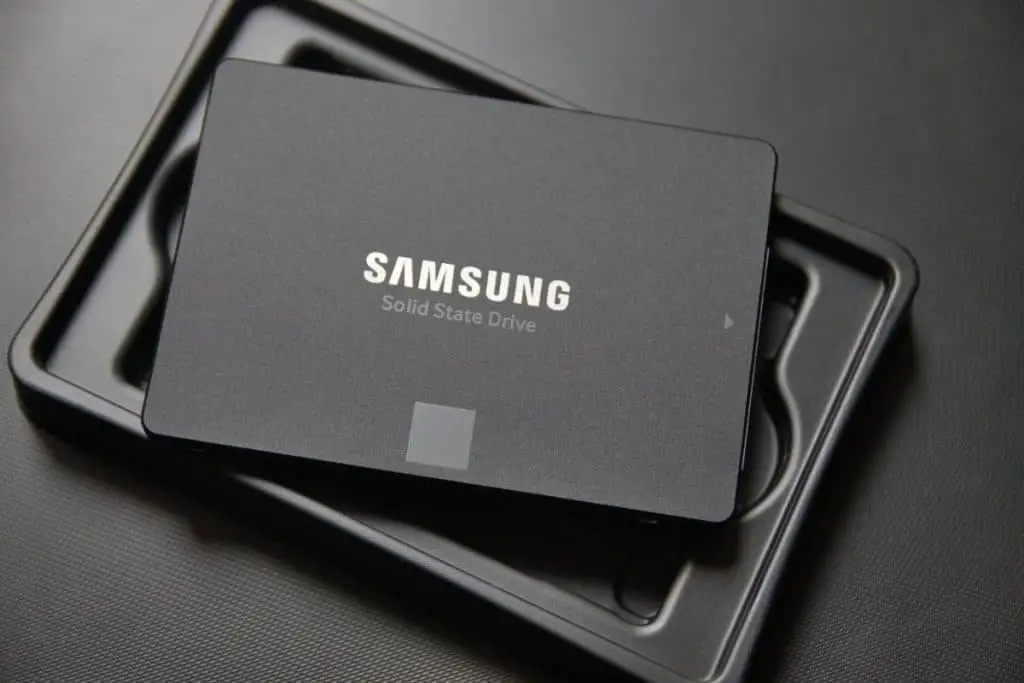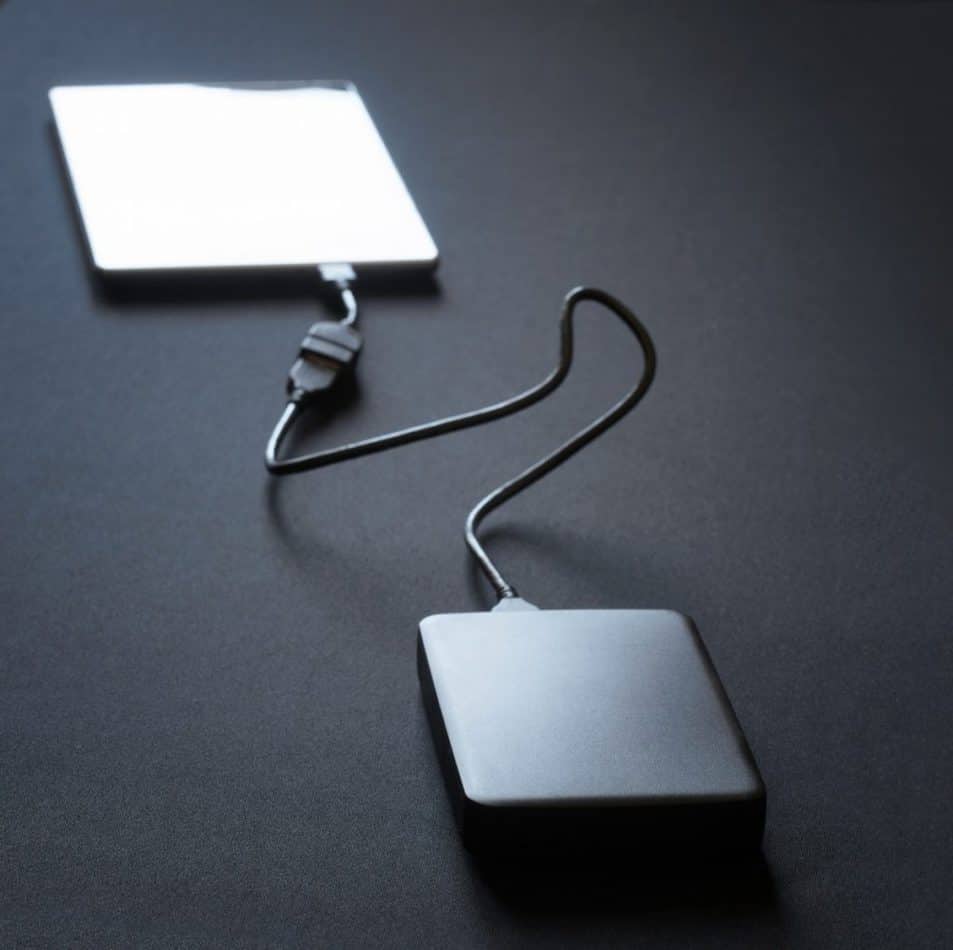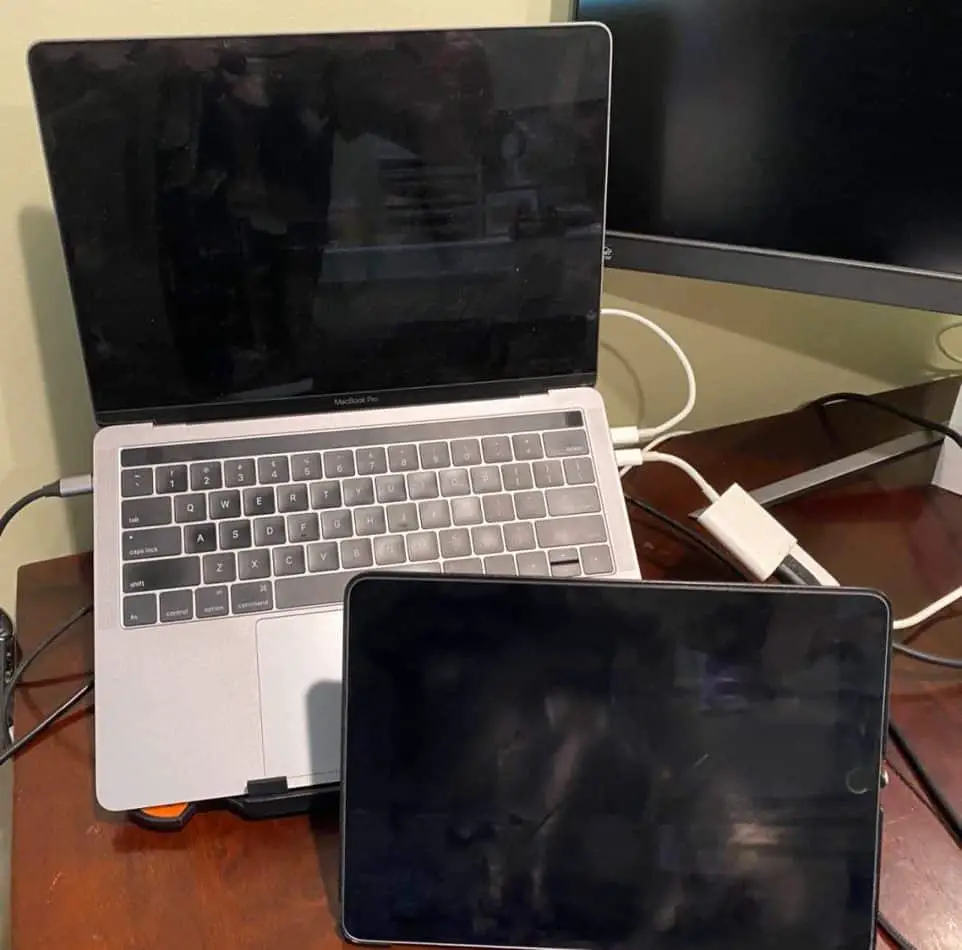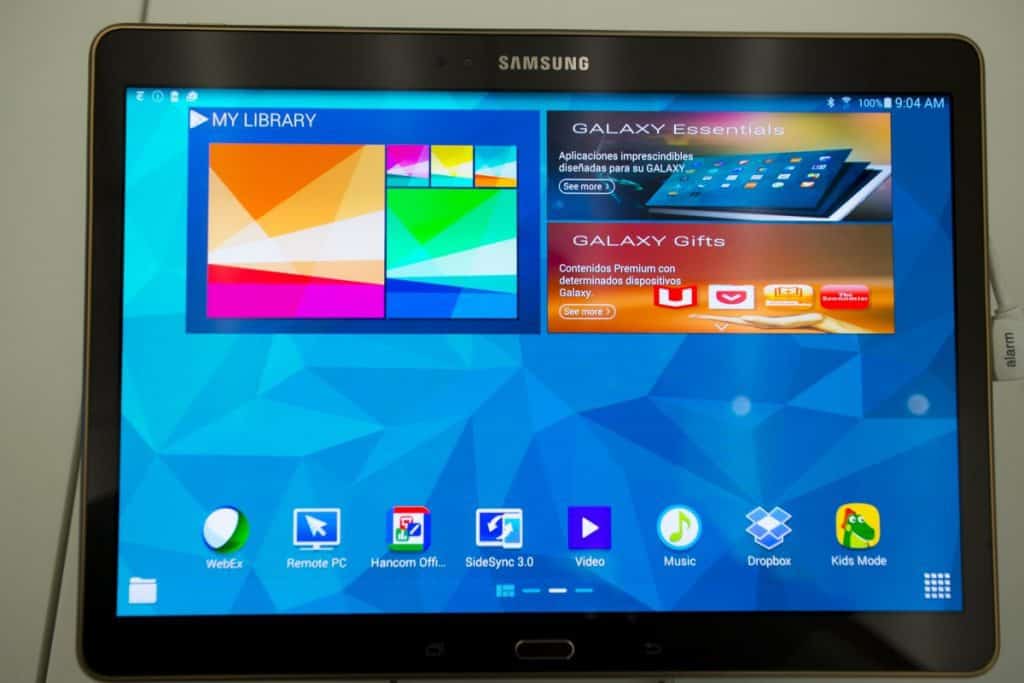One of the most notable things about a tablet is its portability and convenience as tablets are just simply slimmer, lighter, and easier to use than most laptops are. But the one big disadvantage that most tablets have compared to laptops is their limited storage space. In cases where you have computers with limited storage spaces, you can use an external storage device such as an SSD. However, can you connect an SSD to a tablet?
It is possible for you to connect an SSD to a tablet because they are similar to external hard drives. If you are using an iPad, it should be at least iOS 13 and should have an adapter. Meanwhile, Android tablets require an OTG in case the tablets don’t have a USB-C port.
External storage devices such as SSDs have always been amazing for different computer users who tend to use their computers on the heavier side in terms of files and games. However, because there are now a lot of people who use tablets instead of laptops, this makes us curious as to whether or not you can use an SSD on them. The good news is that tablets can connect with SSD, and that is what we are here to talk more about.

Can you connect an SSD to a tablet?
We are living in an age where people who are always on the go are more likely to use smart devices such as tablets instead of laptops, which may be portable themselves but aren’t always the lightest or the slimmest devices to carry around. That said, because of how fast-paced the world is, tablets are becoming more popular as laptop alternatives as they are slimmer, lighter, and more convenient to use compared to other computers.
However, you might already know that, whenever you are having trouble with your laptop or desktop storage, you use external storage devices such as solid-state drives or SSDs, which are just similar to external hard drives but are slimmer and faster. Then again, because tablets do indeed start out with smaller storage rooms that are closer to 32 GB while most laptops have 256 GB and above of storage, it has become an apparent problem among tablet users that they need more storage in their tablets.
In that regard, you have to wonder if you can also connect an SSD to your tablet so that you can use it as an external storage device.
Luckily for you, it is possible to use an SSD on your tablet because tablets nowadays are capable of connecting with external storage devices. This was something that couldn’t be done in the past as tablets and other smart devices were only able to connect with external devices if they were rooted. Meanwhile, iPads weren’t even able to connect with external storage devices back then.
However, due to how there aren’t a lot of people who use cloud storage services as an alternative and due to how there is a need for people to use external storage devices to augment the lack of storage space in their tablets, most tablets now come with the capability of connecting to external storage drives. And because the SSD is really just a hard drive that comes with more advanced tech, it only follows that you can also connect SSDs with tablets similar to how external hard drives can do so.
So, if you have an external SSD that you are using for storing files from your computer, you can also use it together with your tablet in case you want to augment your tablet’s lack of storage space or in case you just simply want to transfer or view files that are saved in your SSD. This is a lifesaver for those who often want to make sure that their files and data are backed in other storage devices so that they can still access them if something happens to their tablets.

How to connect an SSD to a tablet
Now that you know that you can connect an SSD to a tablet, let’s look at how you can do so depending on the type of tablet you have.
Apple iPad
Apple iPads are still very much popular and are the most marketable tablets in terms of brand. This is why it is necessary for us to look at how you can connect your SSD to your iPad as these tablets don’t have the capacity to use SD cards and usually have limited storage spaces.
However, it is important for you to determine what kind of connector your iPad has because the connector type dictates the type of adapter or cable you need. For iPads that use lightning ports, you have to use a USB-to-lightning dock that can be powered by your iPad’s charger. Meanwhile, for iPads using USB-C, using a cable with a USB-C connector on the other end would be enough.
That said, here is how you can connect an SSD to an iPad:
- Your iPad should be running iOS 13 or newer or else you won’t be able to connect your SSD to it.
- Secure the appropriate adapter or cable for your iPad.
- Once you already have the adapter dock or cable, plug them into your iPad. For those with lightning port iPads, plug in the USB-A cable of your SSD into the USB-A port in the adapter dock and then plug the other end into your SSD. Meanwhile, for those who are using iPads with USB-C ports, plugging in the USB-C enabled SSD would already be enough.
- For those who are using adapter docks for their lightning port iPads, you may need to connect your charger to the lightning port in the dock because some SSDs may need external power to run properly. This shouldn’t be a problem for USB-C iPads.
- You will now be able to browse your SSD’s storage using your iPad by going to the Files app and going to the Locations tab, which should show your SSD’s name.

Android tablet
For those using Android tablets, the good news is that there is no need to have your tablet rooted because Android devices are now capable of reading external storage devices right out of the box. That means that you can simply connect your SSD to your tablet as long as you have the appropriate cables and docks. For those using tablets with micro-USB ports, use an OTG adapter with a port reserved for a charging cable. Meanwhile, you simply need a USB-C cable for your SSD if you are using a tablet that has a USB-C port.
That said, here is what you need to do to connect your SSD to your Android tablet.
- Secure the appropriate OTG adapter or cable that you would need depending on the Android tablet that you have.
- Connect the OTG adapter to your tablet and then connect your SSD’s USB cable to the USB slot on the adapter. For those using USB-C cables, simply plug the USB-C head into the port in your tablet.
- Remember here that your OTG adapter should have a charging port because SSDs may require external power to function well. This shouldn’t be an issue if you are using a USB-C tablet.
- Once you have connected the SSD to the OTG or directly to the tablet, you will now be able to browse the SSD’s contents using your tablet. You can do so by using the File Manager app on your tablet.

